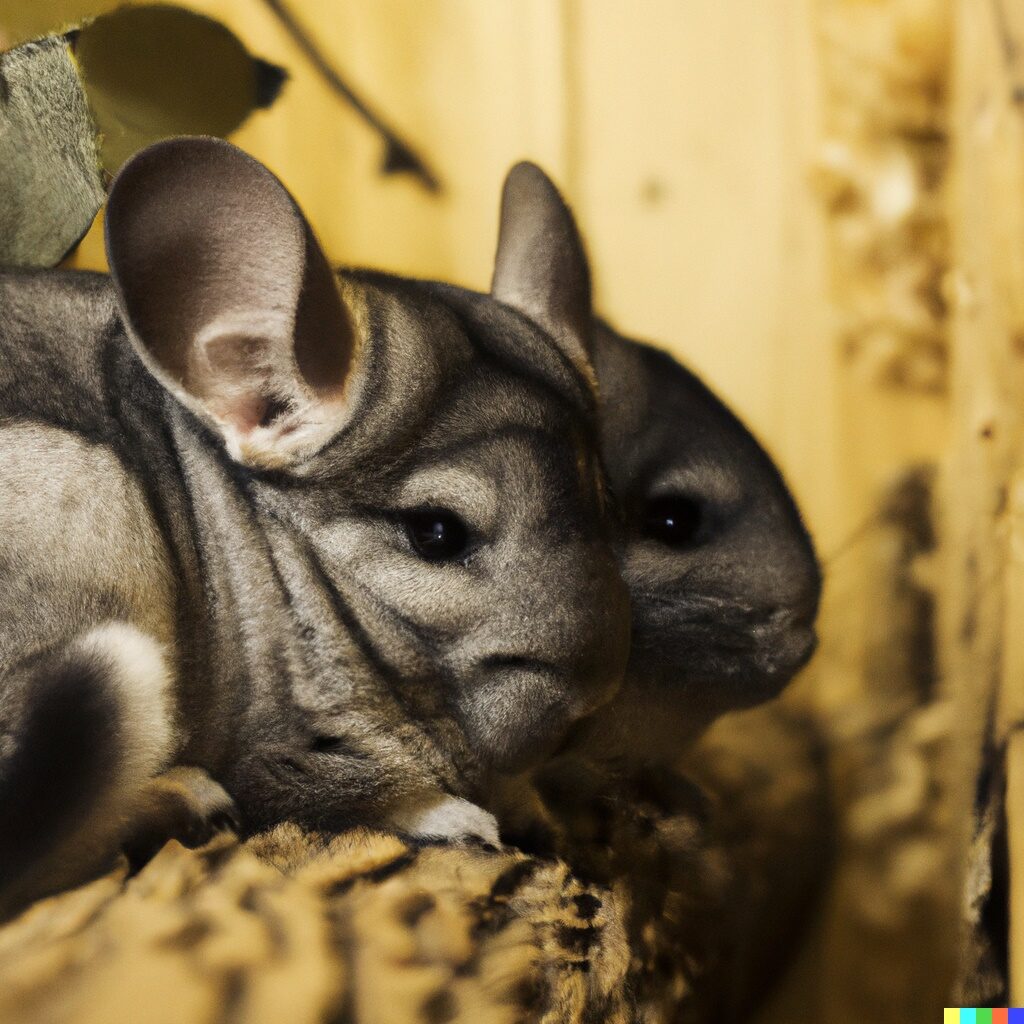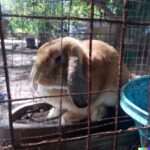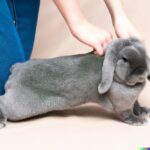No, chinchillas should not get wet. Chinchillas are very sensitive animals and do not have water–resistant fur. They do not have the same ability to regulate their body temperature as other animals, so they can easily become chilled if they get wet. If a chinchilla gets wet, it is important to dry them off as soon as possible. Wet chinchillas can develop skin infections and other medical problems. It is also important to avoid water bowls that are too deep, as chinchillas can easily drown if they fall in. Instead, offer your chinchilla a shallow bowl or bottle for drinking.
Are you the proud pet parent of a chinchilla? Do you ever wonder if it’s okay to give your furry friend a bath? Many people assume that chinchillas can’t get wet, but is this true? In this article, we uncover the surprising truth about whether or not chinchillas can get wet and provide tips on safe bathing for your special companion.
Is It Ever Safe to Give a Chinchilla a Bath?
The Short Answer:
No – Chinchillas are desert animals, and giving them a bath can be very dangerous for their health. They have extremely dense fur that helps to keep them cool in the dry climate of the Andes Mountains, so bathing them with water can cause serious health problems such as pneumonia or even death.
What You Need To Know
Chinchillas are social creatures that require daily interaction and playtime. It’s important to take time out of your day to give your chinchilla plenty of attention, which includes brushing their coat regularly with a soft brush or comb. This will help remove any dirt or debris from their fur while also helping to spread natural oils throughout it. However, it is never safe to bathe a chinchilla in water!
Water baths strip away these natural oils which protect the skin and make it difficult for your pet chinchilla too stay warm enough during colder temperatures. Additionally, because they come from high altitude regions like the Andes Mountains, they aren’t used to humidity levels found at lower altitudes where most people live – so being submerged in water could lead to respiratory illnesses if not properly dried off afterwards! Furthermore, because of their thick fur coats (which can hold up 8 times its weight in moisture) chins do not dry quickly if wetted down; this leaves them vulnerable for long periods of time since bacteria love damp environments like these – leading many owners towards opting out of ever attempting an actual bath altogether…
Instead dust baths refer exclusively to using specialized powders specially made for rodents called ‘chinchilla dust’ (which is made up mostly by volcanic ash). These materials absorb excess oil on the animal’s coat while simultaneously providing much needed minerals – making this type of cleaning method ideal when compared against traditional bathing techniques. All-in-all regular maintenance is key when caring for these unique animals – just remember there is no need nor benefit from ever submerging them into real water sources!
Bathing Basics for Your Furry Friend
Bathing your pet can be a daunting task, but it doesn’t have to be. With the right tools and techniques, you can make bath time an enjoyable experience for both you and your furry friend. Here are some tips on how to properly bathe your pet:
- Choose the Right Shampoo: It’s important to select a shampoo that is specifically designed for animals. Human shampoos are too harsh and may cause skin irritation or even allergies in pets.
- Brush Before Bathing: Brushing out matted fur before bathing will help ensure that your pet’s coat remains healthy and free of tangles after the bath.
- Start with Warm Water: When filling up the tub or sink, use warm—not hot—water as this will make them more comfortable during their bath. Make sure not to get water in their eyes, nose or ears!
Once you’ve gathered all of these supplies, it’s time to give your pet its first bath! Start by wetting down their coat with warm water from head to toe using either a cup or spray nozzle attachment. Be gentle when applying water around sensitive areas like face and ears. Next add a small amount of shampoo directly onto the wet fur being careful not to get any into their eyes, nose or mouth area. Massage it into a lather then rinse thoroughly until all soap suds are gone completely from their body. After rinsing off all of the shampoo use a clean washcloth soaked in warm water on delicate areas such as face, paws and genitals if needed.
Finally once they’re squeaky clean dry them off gently using either towels or blow drying (remember never leave pets unattended while they’re under heat). Give them lots of love throughout this process so they understand that this is something fun rather than scary! Regular baths should occur every four weeks depending upon breed type as well as activity level outdoors so always consult with groomers about specific needs for each individual animal’s coats/skin types prior to starting any sort of grooming routine at home
How to Bathe Your Chinchilla Safely
Provide a Comfortable Temperature:
Chinchillas are sensitive to extreme temperatures, and it is important that you provide a warm but not hot environment while bathing. You should always provide your chinchilla with fresh water at room temperature when filling the bathtub. Use a thermometer if necessary to ensure that the water is between 75°F and 80°F (24-27°C). Avoid using any type of soap or bubble bath as this can cause irritation and lead to skin problems in your pet.
Prevent Drowning Hazards:
When bathing your chinchilla, make sure that all areas of the tub are easily reachable for them so they do not become trapped or drown. The depth of the water should be no more than two inches deep, allowing them enough space to submerge themselves without becoming overwhelmed by too much liquid. If possible, use a non-slip surface on the bottom of the tub so they don’t slip and injure themselves while trying to get out. It may also help to place some large rocks in the tub for them to stand on if needed.
Limit Bathing Time:
It’s important not to bathe your chinchilla too often as their fur can become dry and brittle over time from exposure to excessive moisture levels. Generally speaking, one five minute session once per week is plenty for keeping their coat clean and healthy – any longer than five minutes could have adverse effects on its health conditions such as skin fungus or respiratory infections due to prolonged wetness around their body area which could potentially harm it even further down the line!










